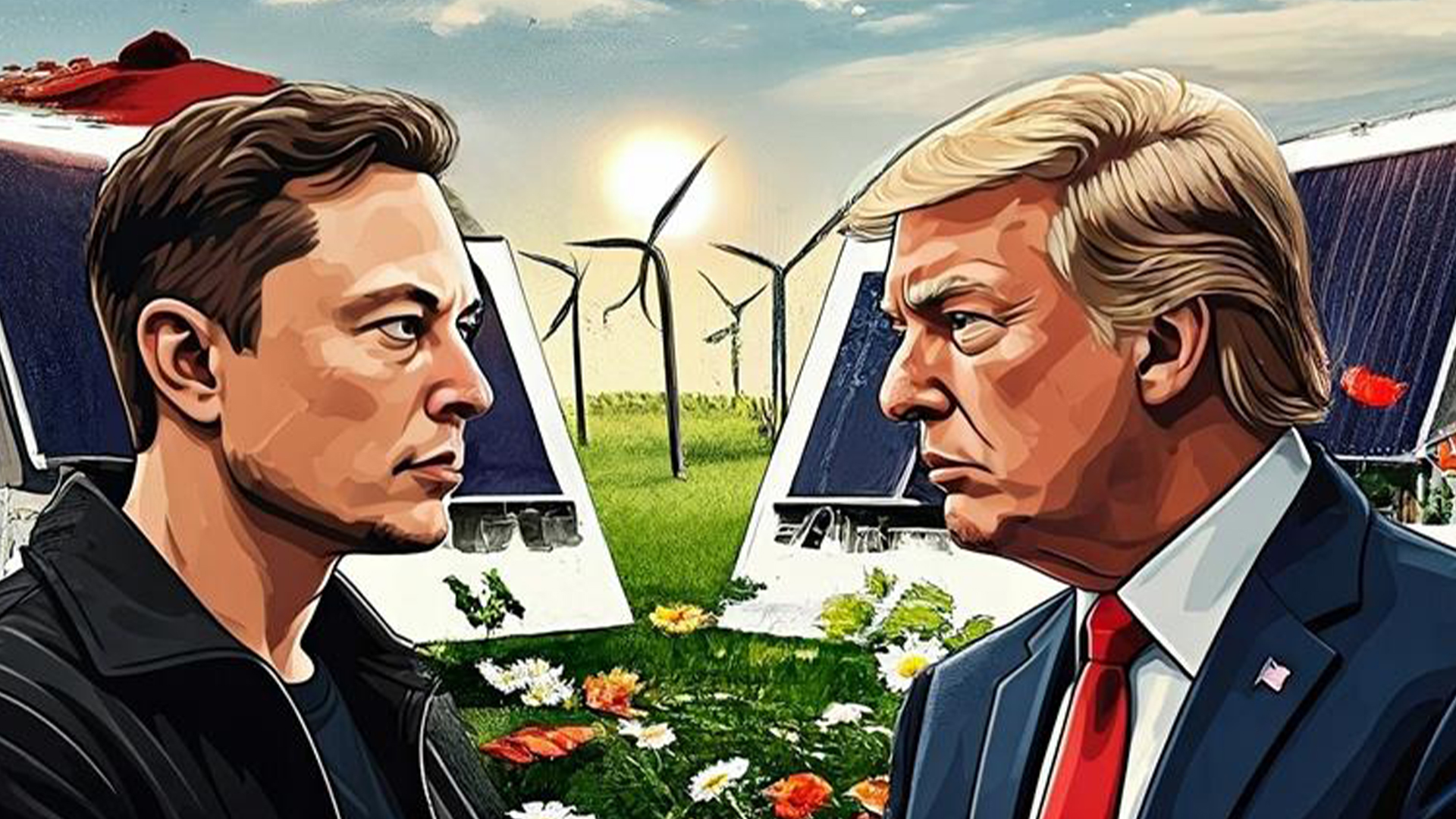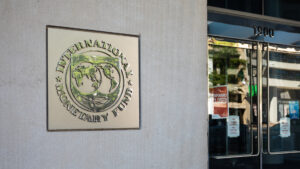The Reserve Bank of Australia (RBA) is expected to continue its rate cutting cycle on Tuesday, in response to a decline in inflation and weaker economy. Markets expect a 25-basis point rate cut, with more reductions to come in 2025 until economic conditions improve.
RBA to Cut Rates Amid Dovish Shift
The RBA is set to cut rates by 25 basis points to 3.6%, according to economists. This indicates a dovish stance after the central bank cut rates during its May meeting due to disinflation and weaker than expected economic growth. ⁽¹⁾
Despite getting similar cuts in February and May, and inflation largely being brought under control, big Australian banks such as Commonwealth Bank, ANZ and Westpac believe the economy isn’t out of the woods just yet. ⁽²⁾
The RBA’s previous rate decision was decisive, with discussions brought to the table about whether to cut rates by 25 or 50 basis points. Aligned with other central banks, the RBA has forecasted a softer outlook due to tariff uncertainties and revised its inflation forecasts downward, which supports expectations for further cuts. ⁽³⁾
Weaker Growth, Easing Inflation Drive Policy and Tariffs
Australia’s economy has shown signs of weakening, as GDP for Q1 report came in at 0.2%, down from the previous quarter of 0.6%. The slowdown came after weak private sector consumption, bad weather and reduced public spending. This caused economists to downgrade their growth forecasts for Australia to 1.6% from 2% for 2025 and to 2.3% from 2.4% for 2026. ⁽⁴⁾
Some economists flagged the lack of a trade deal ahead of the July 9th expiry of Trump’s 90-day pause of sweeping US tariffs on trading partners announced in April as a risk to Australia’s economy.
Headline CPI fell from 2.4% in April to 2.1% in May, nearing the central bank’s target range of 2-3%. Core inflation, which has been a more persistent issue, also declined to 2.4% YoY, indicating progress in controlling inflation from a peak of 4.4% YoY. ⁽⁵⁾
Australia was spared from Trump’s effort to reshape international trade, receiving a 10% baseline tariff. Still, Prime Minister Anthony Albanese is aiming for an even better deal given his country has a free-trade agreement with the US and runs a long-term trade deficit with it. ⁽⁶⁾
Outlook and Press Conference
Financial markets will be focused on RBA Governor Bullock’s comments at her post-meeting press conference about the future policy path. Markets are pricing in two further cuts this year, taking the cash rate to 3.1%. Most economists are of the view that the RBA could forecast a pause after reaching 3.35% to assess the impact of its easing to date. ⁽⁷⁾
Australian Dollar Faces Mixed Outlook
Despite expectations of deeper rate cuts, the Australian dollar has gained over 6% in 2025, driven by US dollar weakness. However, tariff uncertainties and the RBA’s dovish stance could limit gains. The AUD’s sensitivity to interest rate differentials has increased, and a quieter tariff environment may shift focus back to central bank policies as the primary driver of currency value. ⁽⁸⁾



